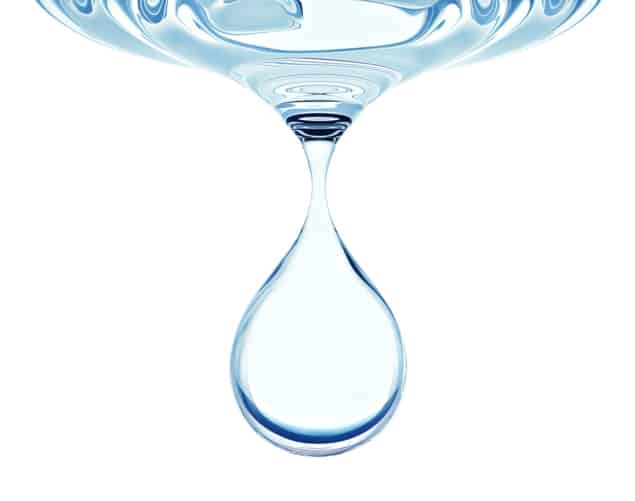
Achieving UN Sustainable Development Goals for clean water and sanitation (SDG6) could also lower energy use in the water-sector, researchers have found.
In policy scenarios that limit warming to 1.5 °C, a development pathway that focuses on improving efficiency could lower energy costs for the water sector while increasing power-sector cooling costs, a global integrated assessment showed. Meeting SDG6 by expanding water supply instead would be significantly more expensive to both.
Section 6 of the UN’s Sustainable Development Goals declares the need to provide universal safe drinking water and access to sanitation, and to drastically cut the release of untreated wastewater. Because of the energy requirements for supplying and treating water, and the huge demand for water in energy generation, achieving these goals is unavoidably tied up with energy and climate-change mitigation policies. Yet interactions between the water and energy sectors are too often overlooked.
To quantify the effects of SDG6 policy on energy use, a team from Europe and North America started with developments anticipated under Shared Socioeconomic Pathway 2 (SSP2). This “middle-of-the-road” scenario from the climate change research community projects existing population and economic growth trends out to the end of the century, with no dedicated efforts made to meet SDG6 targets.
The researchers compared this baseline scenario with two separate policy approaches to SDG6: one that meets projected demand across all sectors by increasing supply, and one that manages demand by improving the efficiency of water usage. They also modelled the effects of each SDG6 strategy assuming the implementation of climate policies designed to meet the Paris Agreement’s more ambitious 1.5 °C warming target.
Meeting SDG6 under a 1.5 °C warming target implies large-scale electrification of transport and domestic heating systems, potentially increasing the need for thirsty energy generation methods like nuclear and biomass. This would mean that supply-focused approaches to SDG6 must accommodate rising demand for water – and rising expense – throughout this century. Conversely, implementing SDG6 policies that prioritize efficiency requires energy technologies like closed-loop or air-cooling systems, which are costlier and less efficient than water-intensive alternatives.
The outcome of this interaction, the researchers found, is that supply-based SDG6 policies would result in far greater electricity consumption by the water sector than the baseline or efficiency-improvement scenarios – whether the 1.5 °C target was adopted or not. Increasing efficiency instead would use less energy than the baseline scenario with and without climate mitigation policies, and would need the least overall investment in each case.
“Policy makers and infrastructure planners should weigh options for energy and water efficiency together in order to avoid trade-offs between climate change mitigation and clean water strategies,” says Simon Parkinson of the International Institute for Applied Systems Analysis, Austria, and the University of Victoria, Canada. “This is especially true in water-stressed regions, where there is potential for expanded water supply options such as desalination to increase energy demands and greenhouse-gas emissions.”
When it comes to integrating policies for energy and sustainable development, there are still a range of potential influences to model. Hydrological disruption caused by climate change – for example, the disappearance of glacial sources of drinking water – could mean that meeting SDG6 is made vastly more difficult if a stringent warming target is not adopted.
Parkinson and colleagues reported their findings in Environmental Research Letters (ERL).



